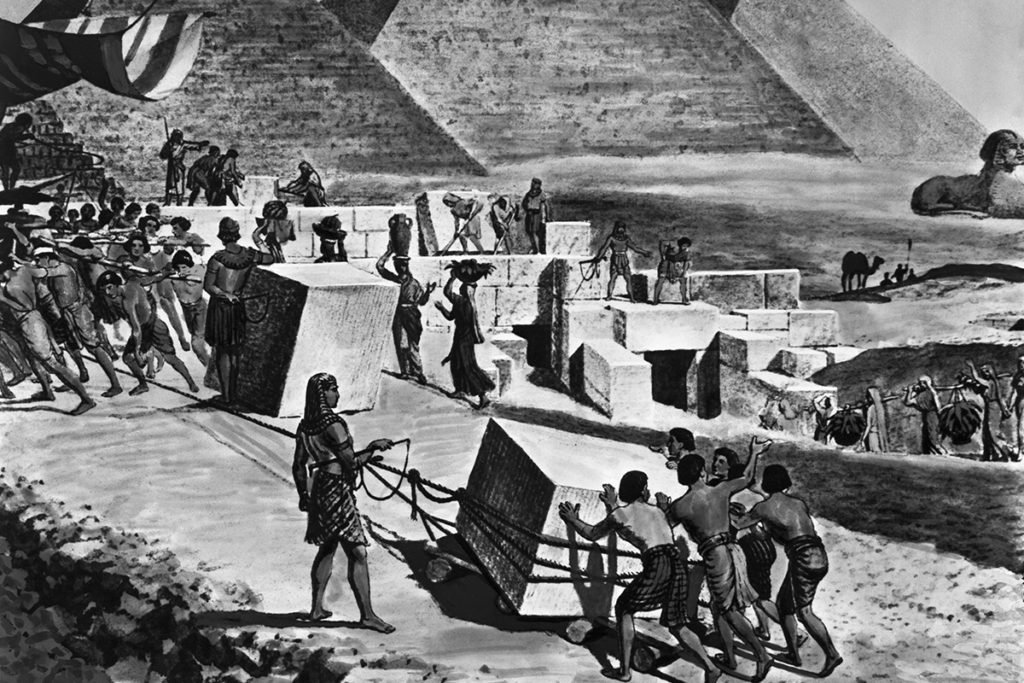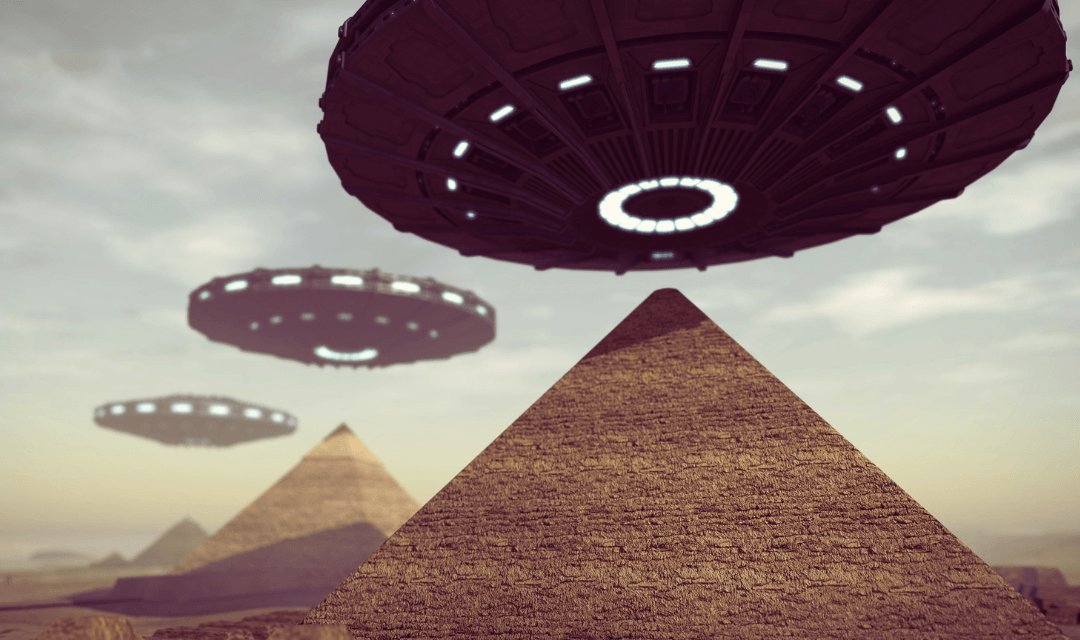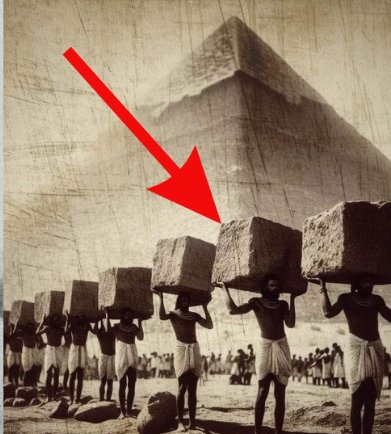For centuries, the grandeur of the Egyptian pyramids has captivated humanity. These colossal structures, built with mathematical precision and remarkable engineering, continue to inspire awe and curiosity. Among the many theories surrounding their construction, one of the most popular—and controversial—is the idea that aliens played a role. But does this claim hold any weight? Let’s delve deeper to uncover the truth behind these ancient marvels.

### The Origins of the Alien Theory
The notion of extraterrestrial involvement in pyramid construction gained traction in the 20th century, largely popularized by authors and conspiracy theorists. Books like _Chariots of the Gods?_ by Erich von Däniken suggested that ancient civilizations lacked the technological expertise to build such structures on their own. This line of thought implies that only an advanced extraterrestrial race could have provided the necessary knowledge and tools.
### The Ingenious Engineering of Ancient Egyptians

Contrary to these claims, archaeological evidence points to the remarkable ingenuity of the ancient Egyptians. Over decades of research, historians and archaeologists have uncovered a wealth of information about their construction techniques.
1. **Sophisticated Tools and Workforce**
The Egyptians utilized copper chisels, wooden sledges, and ropes to shape and transport massive limestone and granite blocks. With a well-organized labor force consisting of skilled workers and seasonal laborers, the construction process was a massive, yet achievable, undertaking.
2. **Ramp Systems**
One of the key methods theorized for transporting heavy stones was the use of ramps. These could be straight, zigzagging, or even spiral ramps. Recent discoveries, such as the remains of an ancient ramp system at the quarry of Hatnub, reinforce the feasibility of this method.

3. **Precise Planning and Execution**
The pyramids’ alignment with celestial bodies demonstrates the Egyptians’ advanced understanding of astronomy. The Great Pyramid of Giza, for example, is almost perfectly aligned with the cardinal points, a testament to their meticulous planning.
### Debunking the Alien Hypothesis
The alien theory underestimates the capabilities of ancient civilizations. It also overlooks the substantial evidence of human ingenuity. Here are a few points that debunk the myth:
– **Written Records and Artifacts**: Ancient Egyptians documented their construction processes in hieroglyphs. Tombs and temples feature detailed inscriptions that highlight the human effort behind these projects.
– **Trial and Error**: Early pyramids, such as the Step Pyramid of Djoser and the Bent Pyramid, show a clear evolution of techniques. These structures provide evidence of experimentation and gradual improvement, hallmarks of human learning and adaptation.
– **Cultural Legacy**: The pyramids were not isolated achievements. They were part of a broader cultural and technological context, showcasing advancements in architecture, art, and governance.
### Why Do Alien Theories Persist?
Despite overwhelming evidence to the contrary, alien theories persist due to a mix of fascination and skepticism. The sheer scale of the pyramids fuels a sense of mystery, leading some to seek extraordinary explanations. Additionally, popular media perpetuates these myths, blending entertainment with pseudo-history.
### Celebrating Human Ingenuity
The pyramids stand as enduring symbols of human creativity, perseverance, and innovation. By attributing their construction to aliens, we diminish the incredible achievements of the ancient Egyptians. Instead, we should celebrate their ingenuity and learn from their legacy. The true story of the pyramids is not about extraterrestrial visitors, but about humanity’s ability to overcome challenges and achieve greatness.

















